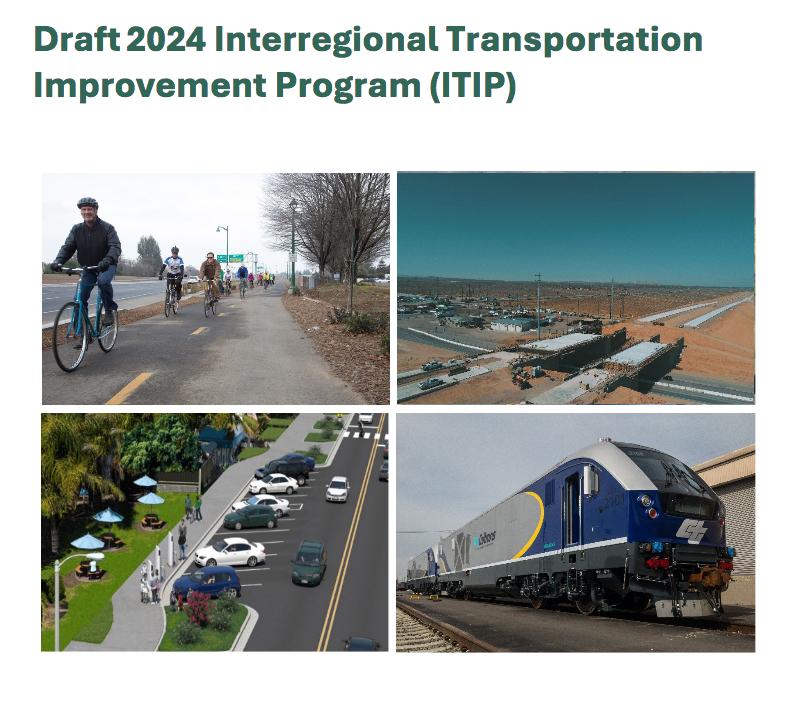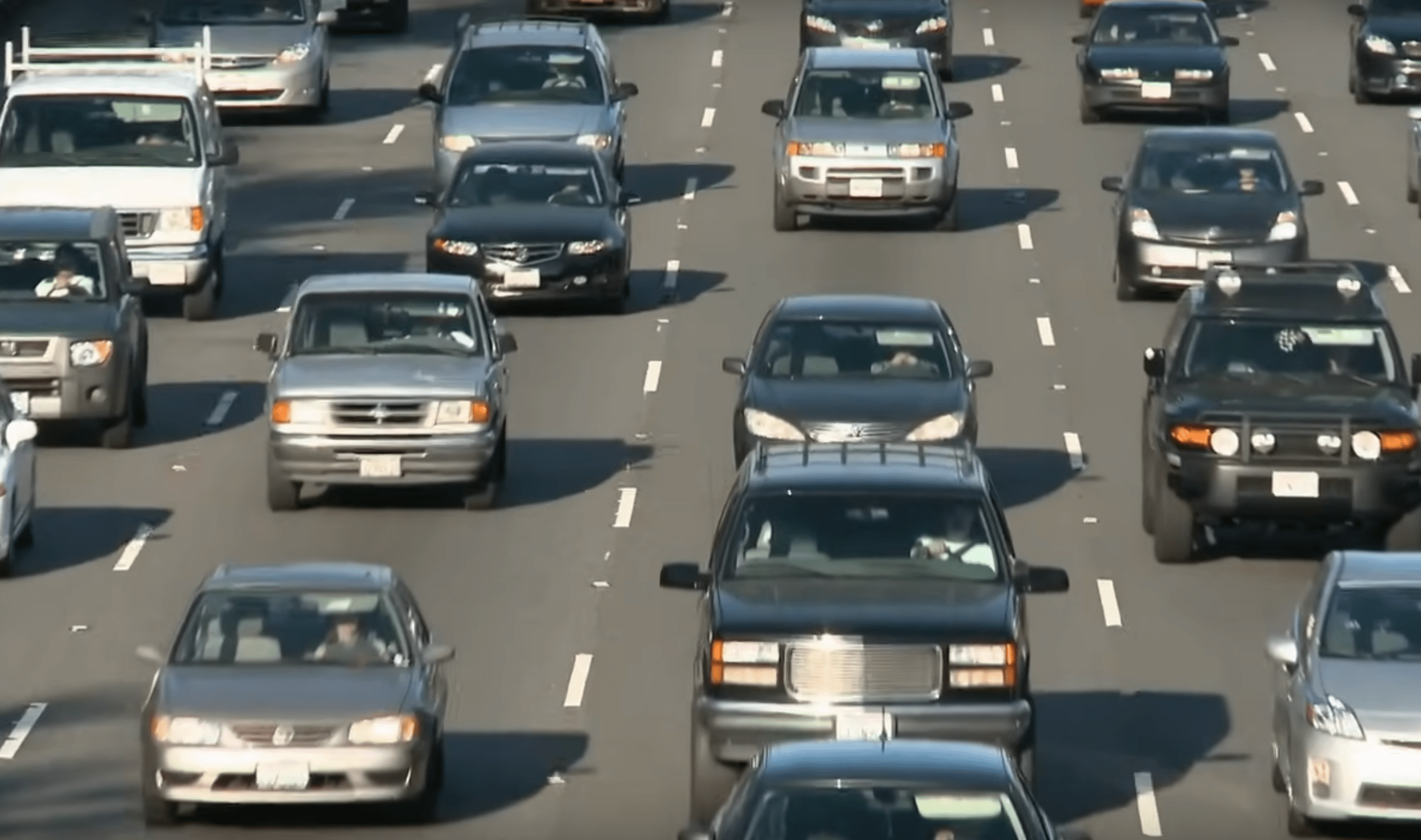Note: GJEL Accident Attorneys regularly sponsors coverage on Streetsblog San Francisco and Streetsblog California. Unless noted in the story, GJEL Accident Attorneys is not consulted for the content or editorial direction of the sponsored content.
The California Transportation Commission will hold the first of two hearings tomorrow, Wednesday, November 1, at 1 p.m. to hear public input on its Interregional Transportation Improvement Program, which is being updated and is currently in draft form. Both tomorrow's hearing and a second one on November 8 will be held both in person (in San Bernardino and in Sacramento) and online.
Register for tomorrow's hearing here and for next week's here.
The Interregional Transportation Improvement Program (ITIP) is basically a list of projects proposed for funding in the State Transportation Improvement Program (STIP). Like other state funding processes, projects must be on the list to get any funding, although getting on the list does not mean they are funded, as that depends on how much funding there is available. The projects are selected as priorities by each region and have to be consistent with the state and regional long-range plans.
Caltrans is coming to the last stage of the update to the current list, and is holding these two hearings in fulfillment of legal requirements to present the draft for public comment. The cover (as seen at the top) highlights the different types of investments the state plans to make, although missing from that photo display are the highway lanes that will be added.
The majority of the projects - and the proposed funding - are carried over from previous iterations of the ITIP, and most of those are highway lane miles. The new projects include more rail and bike projects, including the ones highlighted below.
According to the ITIP, "at least sixty percent of the program shall be programmed to projects outside urbanized areas on the interregional road system [eleven major regional corridors, defined in the plan] and intercity passenger rail. Of this amount, at least fifteen percent (nine percent of the ITIP) must be programmed for intercity passenger rail projects, including grade separation projects." Note that grade separation projects, while important for safety, are included as rail projects but could just as easily be identified as road projects, since they are built so that drivers are not inconvenienced by trains.
The draft plan lists a lot of different projects along these eleven "strategic interregional corridors." Many are freeway projects, including "managed lanes" - which are generally left undefined, so it's unclear if this means tolled lanes or HOV lanes or exactly what. But "managed" lanes frequently mean "new lanes." [Note that the description for a project that would add an additional lane on Highway 99 in Madera claims that the additional lane is necessary before the entire 325-mile-plus stretch of highway 99 in Caltrans District 6 can begin to implement "managed lanes" to help reduce overall driving. That is, the strategy seems to be to add a lane first, then try to get people not to use it.]
According to the draft ITIP, the evaluation criteria used for projects included in it "are based on CAPTI [Climate Action Plan for Transportation Investment] as well as the eight goals identified in this plan and the CTP 2050: safety, climate, equity, quality of life, accessibility, economy, environment, and infrastructure." Meanwhile the importance of "operational efficiency of interregional freight movement" and "travel time reliability" is mentioned as a driving purpose for many of the projects, from highway lanes to rail projects such as layover tracks and sidings.
The photo on the cover of the report that includes people biking is not just for show. Several bike projects are included in the ITIP, including work to connect the bikeway on the Oakland Bay Bridge, an important regional connector, to the city of Oakland and Yerba Buena Island in the middle of the Bay.
Another bike and pedestrian project in the ITIP is at Santa Claus Lane north of Carpinteria on the Central Coast, to create safer beach access in that area where the railroad and highway both pass close to the coast.
This is just a quick glance at what is in the ITIP. The hearings will provide more information and the draft ITIP, listing all the proposed projects, can be found here.
It's a short window to provide public input, as the final ITIP is due to be presented to the California Transportation Commission on December 15.





